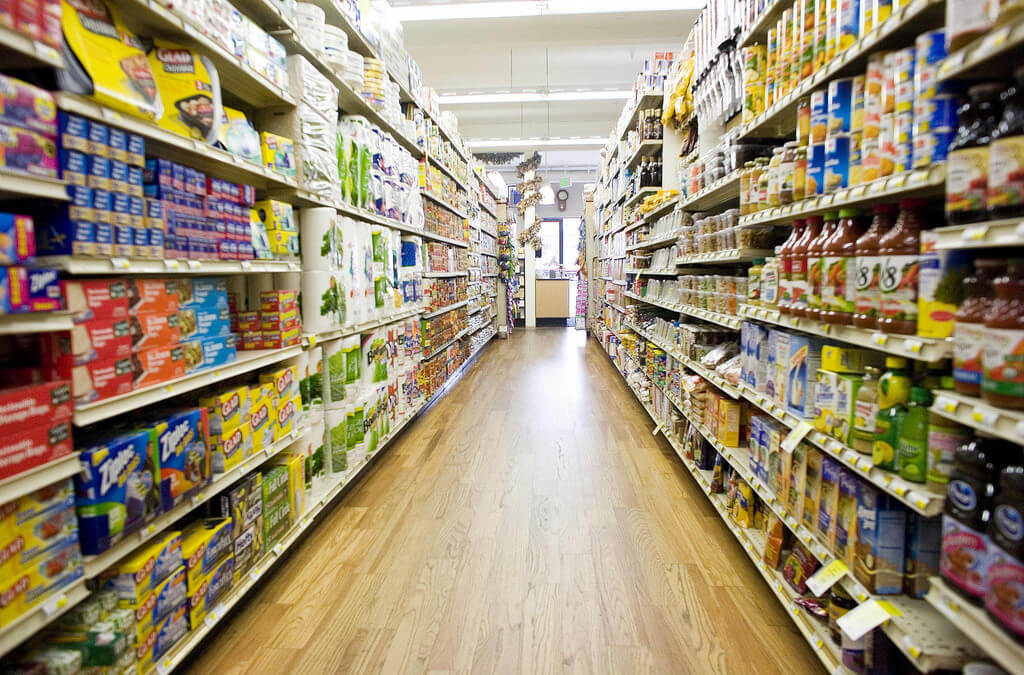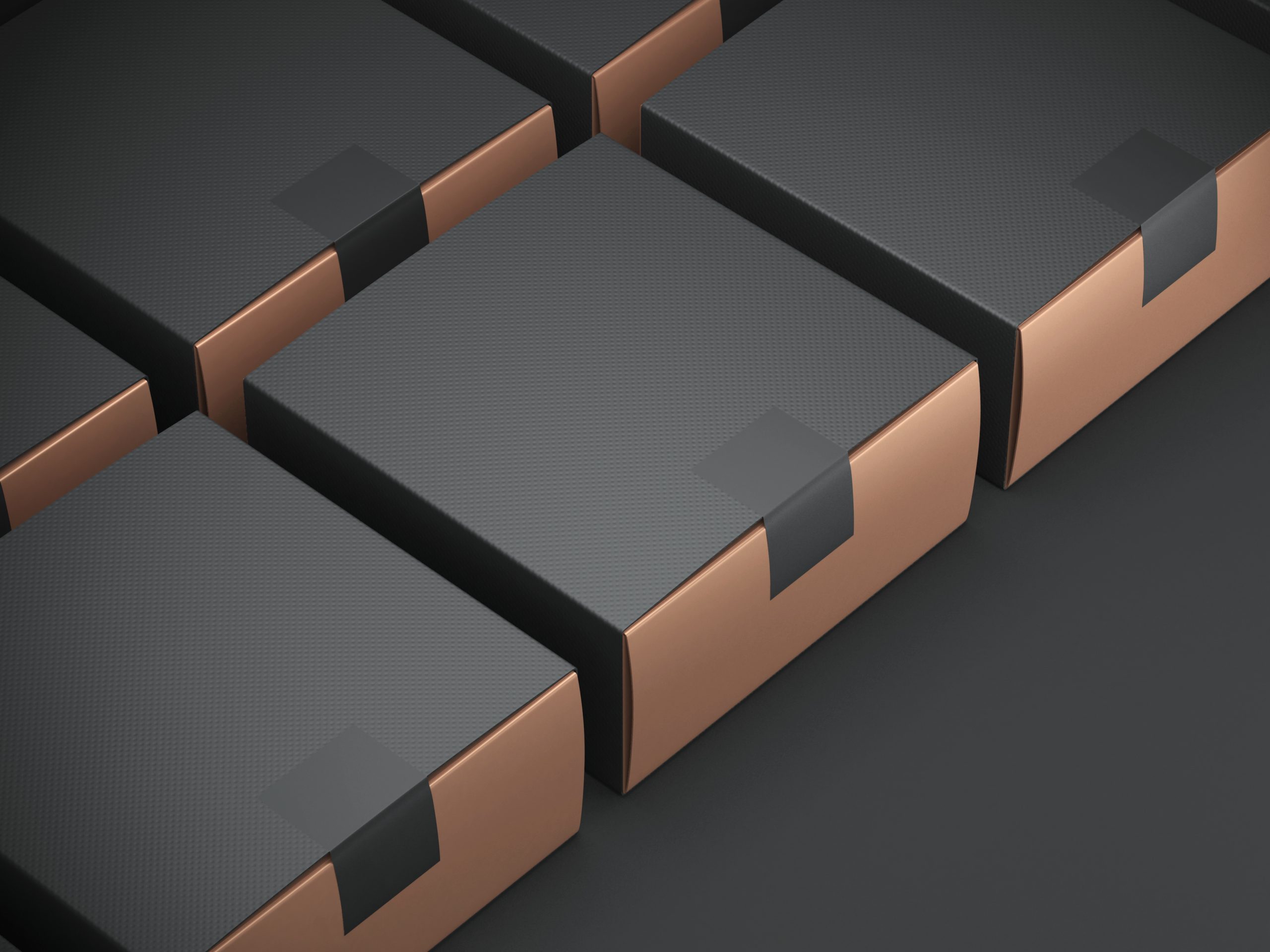If you’re reading this article, chances are you’ve already developed your product. You’ve likely even developed your branding and logo. So now that you’ve gone through all of that hard work, now what? Now is the time to start thinking about how to package your product in a way that not only suits your brand, but also communicates the right message to your potential customers.
We wish developing perfect packaging for your products was as easy as making a cool design and finding some kind of material that fits your package. Unfortunately, it’s more complicated than that. To try and keep things manageable for you, here are a few tips so that you can approach this challenge with confidence.

Flickr/Thomas Hawk
1. Look into what your competitors are doing to understand where to start.
Should your product be placed in a cardboard box, or pouch? Sealed, or shrinkwrapped? There are so many options. The best place to start getting a rough idea of what will work best for your product is to hit the shelves! Go find your top competitors’ products in the store and see what works. Who has the best looking package, and what looks great about it? Who has the most logical packaging that makes accessing the product easiest? What features make that happen? What do you absolutely not like about what you find one of your competitors doing? These are all the perfect questions to answer for yourself to begin.
2. Understand any guidelines you need to follow.
This one is particularly pertinent to anyone selling a food item. You’ll need to look into some regulations on food safety guidelines, shelf lives, and safe materials. Chances are, if you took the time to check out your competitor’s products you’ll already have a vague understanding of what you need to do to meet regulations. You can determine this by taking note of anything that all of the packaging has in common.

3. Find an industry expert to work with.
It’s unlikely that you’re an engineer who knows how to construct a custom package from scratch to not only be mass produced, but also fit your product perfectly. This is the stage where you’ll most likely need to work with an expert. Be prepared to offer the dimensions of your product and any requirements you need such as shelf life. Offering examples of what you like already can also help speed up this process and save you some cost on creating potential versions to use.
4. Consider the way your product will be transported.
Keep in mind that the best custom packaging not only looks great, but holds up until your product is safely in the home of the customer. Consider how you can design your package to look good on the shelf, and also be transported in bulk without losing shape and taking a beating.
5. Avoid excessive use of plastics.
Nobody wants to waste tons of plastic and even tons of cardboard. Find a way to make your design sleek and pursue eco-friendly packaging materials whenever possible. While this might be slightly more expensive, it could be the difference between your product being purchased when sitting on a shelf next to all of your competitors.
J&R Marketing is a marketing company that specializes in branding, development, custom packaging, apparel and products. If you’re interested in discussing your custom packaging contact us today.





